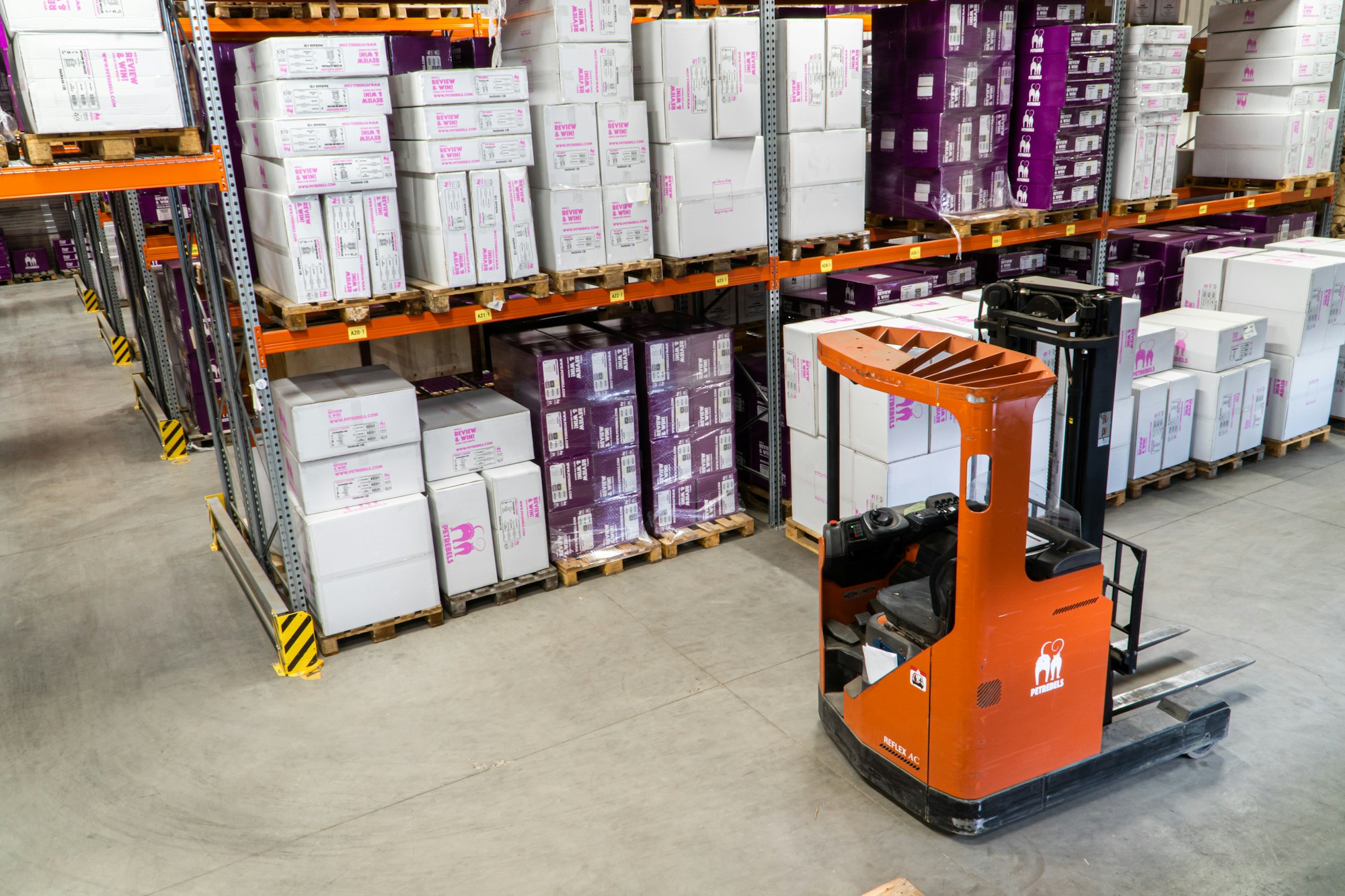Logistics: how to guarantee stock and increase your sales?

One of the main objectives of logistics within the retail industry is to guarantee the availability of inventory at all times, but more than having the necessary products, we must be able to do so by reacting to a constantly changing demand.
Retail is constantly evolving and the rules of the game are no longer what they used to be, especially after the COVID-19 pandemic that affected the entire world. Both companies and customers turned to the digital world and this is something that continues even when the virus is relatively under control.
Digitization has brought with it great contributions but it also forces us to rethink various factors in order to satisfy the needs of our customers at all times. Some of them are those that influence logistics within the retail industry, which is constantly impacted by the accelerated pace of change where factors such as faster deliveries and the increasing use of mobile devices mark the course of this business.
Today we have prepared an article that will help you understand retail logistics a little better and help you get on the road to success.
Logistics applied to retail.
When we talk about logistics, we refer to the set of actions that we must carry out in order to meet the ultimate goal of bringing the products demanded by consumers to their hands. That is, we are talking about supply chains, distribution, inventory management; each of the processes and procedures that involve the activity of both physical and digital points of sale.
Within the retail industry, this is a fairly complicated task that requires careful treatment since the commercial success of the POS depends on it. In a world as fast-paced and competitive as it is today, we must always think about increasing productivity and reducing production and development time while redesigning the supply chain with optimal quality levels that are capable of adding value while always favoring competitiveness and with enough solidity so that it can always respond to the expansion needs of your business.
Guaranteeing our inventory while increasing sales.
Understanding the complexity of everything that involves logistics within this industry, the question arises, how can we guarantee the availability of inventory within our store and that it is adequate to meet the needs of our target audience?
Currently, the main causes of out-of-stock are due to a compendium of bad practices and technological obsolescence, the most common being the lack of inventory traceability and the use of manual methods for the management/control of merchandise.

Automation is a key word in this technological age, and that is why we must leave behind manual tasks that result in a margin of error that is sure to guarantee losses in your POS. In addition, the study of the market and especially of your target audience is essential to know their demands and be able to satisfy them. Here we explain what you should do to avoid making mistakes like the ones we mentioned above:
- Use technological tools. There are thousands of software platforms that can help you optimally manage your inventory, work team, POS visit schedules, competition monitoring, market indicators, POP material within the point of sale and more; but, you must be thinking that it is crazy to use so many tools at once and you are right. However, there is one that covers all the aspects mentioned above and many more, it is called QuartzSales and you can find out about it by visiting www.quartzsales.com
- Cross-selling between stores. This is one of the most successful logistics techniques due to its efficiency in terms of customer satisfaction and cost reduction. It consists of the implementation of a software that helps you identify the availability of any product in stock and assign the buyer the closest store to their location to pick up the purchase. In this way, you avoid the overproduction of material, take full advantage of the stock in the store, give the buyer a personalized shopping experience and reduce the loss of customers due to out-of-stock.
- Smart replacement. Inventory replenishment is key in the customer satisfaction process. When a buyer does not find what he wants, he will simply go looking for another option that your competition will surely offer. However, if consumer needs are monitored in real time, it will be possible to replenish shortages in record time, taking into account which products are most in demand.
- Use the metrics. The data of the implemented logistics and operational systems can be used to carry out preventive actions that guarantee the availability of products and at the same time regulate the stock. Managing inventory turnover, cost of best-selling merchandise and return on insurance assets will improve your strategic criteria regarding production and distribution.
As we have already been able to analyse, there are several factors that influence logistics within the retail industry, which is why it is necessary for you to carry out an in-depth review of your operations in order to optimize them. This will not only benefit the consumer with a better experience, but it will also benefit allied logistics companies and you as a retailer, to achieve better returns and gain competitive advantages.
I

